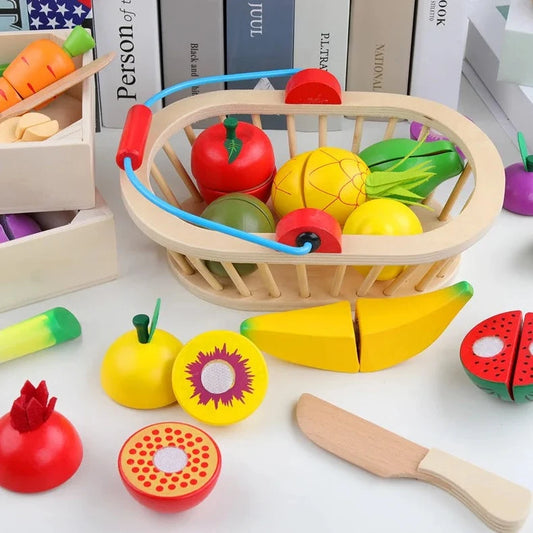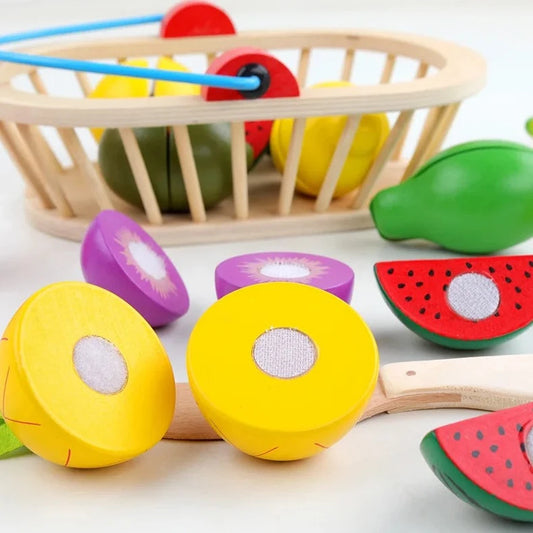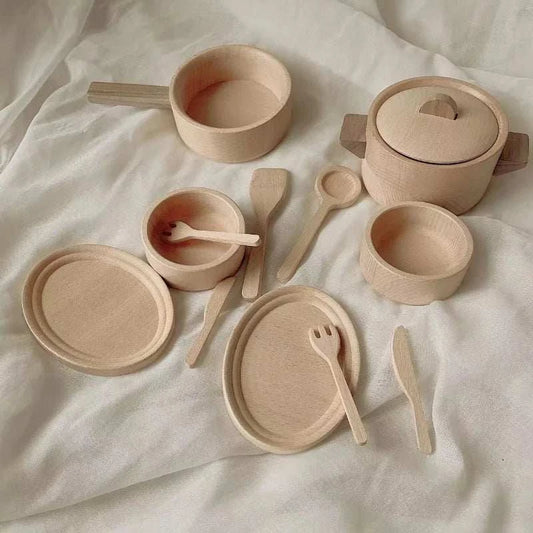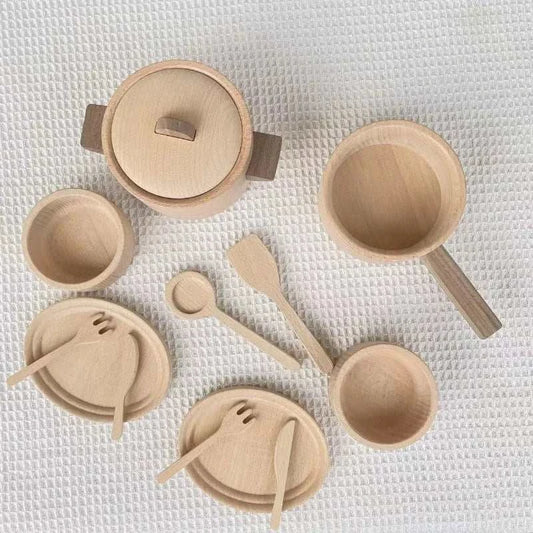Collection: Products
-
Wooden Montessori Outdoor Adventure Set
Vendor:Oliver & Company Montessori ToysRegular price $48.00 AUDRegular priceUnit price / per$23.00 AUDSale price $48.00 AUD -
Wooden Montessori Rainbow Color Sorting & Matching Games -2-Sets
Vendor:Oliver & Company Montessori ToysRegular price From $49.00 AUDRegular priceUnit price / per -
Wooden Montessori Truck and Trailer Toys
Vendor:Oliver & Company Montessori ToysRegular price $52.00 AUDSale price $52.00 AUDUnit price / per -
Wooden Ocean Activity Cube
Vendor:Oliver & Company Montessori ToysRegular price $61.00 AUDRegular priceUnit price / per$31.00 AUDSale price $61.00 AUD -
Wooden Pretend Play Kitchen Tools
Vendor:Oliver & Company Montessori ToysRegular price From $66.00 AUDRegular priceUnit price / per$37.00 AUDSale price From $66.00 AUD -
Wooden Rocket 5-in-1 Montessori Toy Set
Vendor:Oliver & Company Montessori ToysRegular price From $49.00 AUDRegular priceUnit price / per$25.00 AUDSale price From $49.00 AUD -
Wooden Shape Matching Learning Toys
Vendor:Oliver & Company Montessori ToysRegular price From $37.00 AUDRegular priceUnit price / per$14.00 AUDSale price From $37.00 AUD -
Wooden Solar System Puzzle
Vendor:Oliver & Company Montessori ToysRegular price $34.00 AUDRegular priceUnit price / per$45.00 AUDSale price $34.00 AUDSale -
Woodland Friends Crochet and Wood Rattle Set
Vendor:Oliver & Company Montessori ToysRegular price From $32.00 AUDRegular priceUnit price / per$40.00 AUDSale price From $32.00 AUDSale
Shop Customer Favorites for Pretend Play
Montessori pretend play toys are designed to encourage self-directed, hands-on learning. These toys provide hours of creative and imaginative play. With these pretend play toys, your child will learn to explore, problem solve, and create their own stories. These toys are designed to promote independence, confidence, and problem-solving skills. They are a great way to help your child’s development and growth.
-
Wooden Hot Chocolate Machine Playset
Vendor:Oliver & Company Montessori ToysRegular price $64.00 AUDRegular priceUnit price / per$32.00 AUDSale price $64.00 AUD -
Montessori Wooden Smoothie Maker Toy
Vendor:Oliver & Company Montessori ToysRegular price $64.00 AUDRegular priceUnit price / per$41.00 AUDSale price $64.00 AUD -

 Sold out
Sold outMontessori Play Food Cutting Set
Vendor:Oliver & Company Montessori ToysRegular price From $37.00 AUDRegular priceUnit price / per$14.00 AUDSale price From $37.00 AUDSold out -
Cut Fruits and Vegetables Wooden Toys
Vendor:Oliver & Company Montessori ToysRegular price From $36.00 AUDRegular priceUnit price / per$13.00 AUDSale price From $36.00 AUD -
Wooden Pretend Play Kitchen Tools
Vendor:Oliver & Company Montessori ToysRegular price From $66.00 AUDRegular priceUnit price / per$37.00 AUDSale price From $66.00 AUD -

 Sold out
Sold outMontessori Wooden Log Dinnerware Set
Vendor:Oliver & Company Montessori ToysRegular price $64.00 AUDRegular priceUnit price / per$83.00 AUDSale price $64.00 AUDSold out -
Montessori Wooden Play Kitchen Tea Set
Vendor:Oliver & Company Montessori ToysRegular price $96.00 AUDRegular priceUnit price / per$66.00 AUDSale price $96.00 AUDSold out -
Montessori Australian Handmade Log French Bread Set
Vendor:Oliver & Company Montessori ToysRegular price $84.00 AUDRegular priceUnit price / per$55.00 AUDSale price $84.00 AUD -
Wooden Montessori Cutting Board Set
Vendor:Oliver & Company Montessori ToysRegular price $40.00 AUDRegular priceUnit price / per$13.00 AUDSale price $40.00 AUD -
Montessori Old-Fashioned Telephone Toy
Vendor:Oliver & Company Montessori ToysRegular price $42.00 AUDRegular priceUnit price / per$22.00 AUDSale price $42.00 AUDSold out -
Montessori Pizza Pretend Play Kitchen Set
Vendor:Oliver & Company Montessori ToysRegular price $78.00 AUDRegular priceUnit price / per$41.00 AUDSale price $78.00 AUDSold out -
Montessori Wooden Animal Dolls
Vendor:Oliver & Company Montessori ToysRegular price $22.00 AUDRegular priceUnit price / per$26.00 AUDSale price $22.00 AUDSale -
Wooden Montessori Ice Cream Truck
Vendor:Oliver & Company Montessori ToysRegular price $77.00 AUDRegular priceUnit price / per -
Montessori Drum Table Musical Instruments
Vendor:Oliver & Company Montessori ToysRegular price $77.00 AUDRegular priceUnit price / per$51.00 AUDSale price $77.00 AUD -
Kids Wooden Montessori Toy Coffee Machine
Vendor:Oliver & Company Montessori ToysRegular price $75.00 AUDRegular priceUnit price / per$48.00 AUDSale price $75.00 AUD
Oliver & company Montessori Toys
Frequently Asked Questions (FAQs)
What are Montessori toys?
Answer: Montessori toys are educational tools designed to support the Montessori method of learning. They emphasize hands-on, self-directed activity, and collaborative play. These toys are typically made from natural materials and are designed to implement independence, creativity, and cognitive development in children.
How do I choose the right Montessori toy for my child?
Answer: Consider your child's age, interests, and developmental stage. Look for toys that offer the right level of challenge—neither too easy nor too difficult. Montessori toys are often categorized by age and skill level, making it easier to choose the right one.
Can Montessori toys be used in a non-Montessori home environment?
Answer: Absolutely. While Montessori toys are designed with the Montessori method in mind, they can be beneficial in any home. They support a child’s natural curiosity and desire to learn, making them a great addition to any educational play setting.
How do I clean and maintain Montessori toys?
Cleaning wooden toys is essential to maintain their longevity and ensure a safe play environment for children. Here's a simple guide on how to clean wooden toys:
Materials Needed:
- Mild dish soap or a natural, child-safe cleanser
- Warm water
- Soft cloth or sponge
- Soft-bristle brush (for textured or hard-to-reach areas)
- White vinegar (optional, for disinfecting)
Steps:
-
Remove Loose Dirt and Debris: Before cleaning, wipe or shake off any loose dirt or debris from the wooden toys. You can use a soft brush or cloth for this initial step.
-
Prepare a Cleaning Solution: Mix a small amount of mild dish soap or a natural, child-safe cleanser with warm water. Avoid using harsh chemicals or abrasive cleaners, as they may damage the wood or leave residues.
-
Dampen the Cloth or Sponge: Dip a soft cloth or sponge into the soapy water solution. Wring out excess water to prevent over-saturation.
-
Clean the Wooden Surface: Gently wipe the wooden surface of the toys with the damp cloth or sponge. Pay attention to any intricate details or hard-to-reach areas. For textured surfaces or crevices, you can use a soft-bristle brush.
-
Rinse with Clean Water: Rinse the toys with clean water to remove any soap residue. Be cautious not to soak the wooden toys, especially if they have any glued parts.
-
Dry Thoroughly: After cleaning, allow the toys to air-dry completely. Ensure that no moisture is trapped in joints or crevices. You can speed up the drying process by using a clean, dry cloth.
-
Optional Disinfection with Vinegar: If you want to disinfect the toys, you can mix equal parts of water and white vinegar. Dampen a cloth with this solution and wipe the wooden surfaces. Vinegar has natural antibacterial properties.
-
Inspect for Damage: While cleaning, inspect the wooden toys for any signs of damage, such as splinters or cracks. If you notice any issues, address them promptly to ensure the safety of the toys.
Additional Tips:
- Avoid Submerging Wooden Toys: Wooden toys should not be submerged in water, as excessive moisture can lead to warping or damage.
- Regular Maintenance: Clean wooden toys regularly, especially if they are frequently used. This helps prevent the buildup of dirt and germs.
By following these steps, you can keep your wooden toys clean and well-maintained, promoting a safe and enjoyable play experience for children.














































